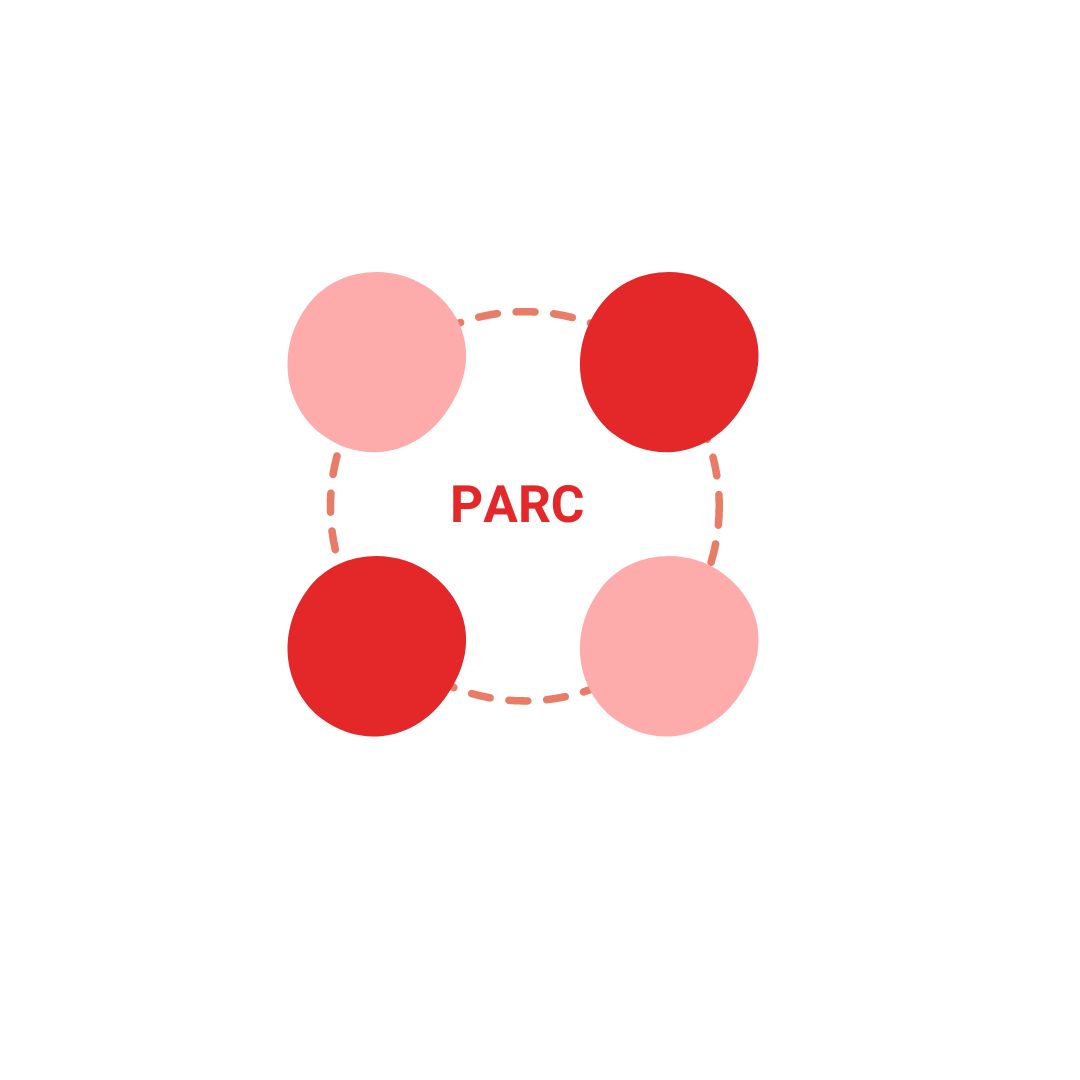
What is Generative AI?
Generative AI refers to a subset of artificial intelligence models and algorithms designed to produce content. This could be in the form of images, text, music, videos, or other kinds of data. The “generative” aspect of these models means that they can create new, original outputs after being trained on a set of data.
OpenAI, since its inception, has been a major player in the field of artificial intelligence research and development. The benefits of OpenAI, as an organization and in terms of its broader contributions, can be viewed from multiple angles:
Benefits of Generative AI
1. Research and Innovation:
OpenAI has consistently been at the forefront of AI research, producing cutting-edge models and algorithms. GPT (Generative Pre-trained Transformer) models are a notable example of this, pushing the boundaries of what’s possible with natural language processing.
2. Open Source Contributions:
As the name suggests, OpenAI has, in many cases, open-sourced its research, allowing the broader community to benefit from, build upon, and contribute to its work.
This open approach accelerates the global advancement of AI, as researchers from around the world can leverage and improve upon OpenAI’s contributions.
3. Safety and Ethical Research:
OpenAI places a significant emphasis on researching the safe and ethical development and deployment of AI. This includes work on understanding the potential pitfalls of large models, reducing biases in AI, and ensuring that advanced AI systems behave as intended.
4. AI Accessibility:
OpenAI has worked on making AI more accessible to people around the world. Through platforms like the OpenAI API, developers can integrate powerful models like GPT-3 into their applications without needing to train these models themselves.
5. Education and Awareness:
OpenAI, through its blog posts, research papers, and collaborations, plays a role in educating the public and the broader scientific community about AI’s capabilities, limitations, and implications.
6. Commitment to Beneficial AI:
OpenAI’s mission is to ensure that artificial general intelligence (AGI) benefits all of humanity. They have committed to assisting value-aligned, safety-conscious projects that come close to building AGI before they do, rather than competing with them.
7. Collaboration with the Broader Community:
OpenAI frequently collaborates with other research institutions, both academic and industrial, fostering a sense of community and shared purpose in the AI research world.
8. Setting Standards:
OpenAI’s emphasis on safety, ethics, and transparency has set certain standards in the AI community, encouraging other organizations to adopt similar principles.
Applications/Use Cases of Generative AI
1. Generative Adversarial Networks (GANs):
This is a popular class of machine learning models introduced by Ian Goodfellow and his colleagues in 2014. GANs consist of two neural networks, the “generator” and the “discriminator,” which are trained simultaneously through a kind of game. The generator tries to produce fake data, while the discriminator tries to distinguish between real data and the data produced by the generator. Over time, the generator gets better at producing realistic data.
2. Text Generation
Models like GPT (Generative Pre-trained Transformer), developed by OpenAI, are used for generating coherent and contextually relevant text over long passages. These models have been used in chatbots, content creation, and more.
3. Image Synthesis
GANs and other generative models can be used to create high-resolution and realistic images. This has applications in art, design, video game graphics, and more.
4. Style Transfer
Generative models can be used to apply the stylistic features of one image to transform another image. This has been popularized in apps that can make your photos look as if they were painted by famous artists.
5. Music and Video Generation
Generative AI has been used to create original music compositions and videos.
6. Data Augmentation
In cases where data is scarce, generative models can be used to produce more training data for machine learning models.
7. Drug Discovery
Generative models can be used to design new potential drug molecules by understanding and generating molecular structures
How Does Generative AI Work?
Generative AI encompasses a range of models and techniques designed to generate new data samples. The most well-known and influential models within generative AI, especially in recent years, are Generative Adversarial Networks (GANs) and Variational Autoencoders (VAEs). However, there are various other models and techniques as well. Here’s a brief overview of how some of these generative models work:
1. Generative Adversarial Networks (GANs):
Structure: GANs consist of two neural networks: a generator and a discriminator. These networks are trained simultaneously in a kind of game.
Training: The generator tries to create fake data samples, while the discriminator tries to distinguish between real data samples and the ones produced by the generator. Over time, the generator improves its ability to produce realistic data, while the discriminator improves its ability to differentiate.
Equilibrium: Ideally, the generator becomes so good at its task that the discriminator can’t tell the difference between real and generated data.
2. Variational Autoencoders (VAEs):
Structure: VAEs consist of an encoder and a decoder. The encoder takes in data and compresses it into a lower-dimensional space (latent space), and the decoder takes points from this space and tries to reconstruct the original data.
Training: The goal during training is to minimize the difference between the input data and its reconstruction, subject to constraints that ensure the latent space has good properties (typically, that it’s continuous and doesn’t have large gaps).
Generation: To generate new data, random points in the latent space are sampled and decoded into data samples.
3. Autoregressive Models (e.g., GPT and Transformer models):
Structure: These models generate sequences one part at a time. For example, when generating text, they might produce one word (or even one character) at a time.
Training: They are trained on real sequences and learn to predict the next part of the sequence based on the preceding parts.
Generation: For generation, they start with a seed sequence and repeatedly predict the next part, appending it to the sequence, and using that as the new seed.
4. Restricted Boltzmann Machines (RBMs) and Deep Belief Networks (DBNs):
Structure: RBMs are a type of generative stochastic artificial neural network. They consist of visible and hidden units.
Training: They learn to find a probability distribution over the input data. Once trained, they can generate new samples by running the network “backward,” turning hidden activations into visible units (data samples).
DBNs: These are composed of multiple layers of stochastic, latent variables. They were among the earliest deep learning models and were precursors to more advanced generative techniques.
5. PixelRNNs and PixelCNNs:
Idea: These models generate images one pixel at a time. They’re designed to capture the joint conditional distribution of pixels in an image.
Training: They learn to predict the next pixel given all the previous ones.
6. Normalizing Flows:
Structure: These are a series of invertible transformations applied to simple noise to produce more complex data distributions.
Training: The transformations are parameterized and adjusted during training to match the desired data distribution.
Each of these methods has its own strengths, weaknesses, and suitable application domains. For instance, GANs are known for generating high-quality images, while autoregressive models like GPT are known for generating coherent and contextually relevant text. The fundamental idea behind generative models is to learn the underlying distribution of the training data in some manner so that the model can produce new, similar samples.
Applications of Generative AI in Growth Marketing
Growth marketing can benefit significantly from the capabilities of generative AI. Here are some applications of generative AI in growth marketing:
1. Personalized Content Generation:
Generative AI can craft tailored content for users based on their behaviors, preferences, and past interactions. By serving hyper-relevant content, companies can boost engagement and conversion rates.
2. Lead Generation and Nurturing:
AI-driven chatbots can engage potential leads on websites or platforms, answer their queries in real-time, and nurture them through the sales funnel.
Generative models can help draft personalized follow-up emails or messages to nurture leads based on their interactions.
3. Segmentation and Targeting:
While AI models can segment users based on their behaviors and characteristics, generative models can then create specific content, offers, or campaigns tailored for each segment.
4. Optimization of Ad Copy and Creatives:
Generative models can generate multiple variations of ad copies or visual creatives. These can be tested to determine which version resonates most with the target audience, optimizing ad spend.
5. Predictive Analysis:
Generative models can simulate user behaviors, market conditions, or campaign outcomes, helping marketers anticipate trends or outcomes and adjust their strategies accordingly.
6. Interactive Content:
Generative AI can help create quizzes, interactive videos, or simulations that engage users and guide them down the conversion funnel.
7. Product Recommendations:
By analyzing user behavior, generative AI can craft personalized product or content recommendations, enhancing user experience and increasing the likelihood of conversions.
8. Retargeting Campaigns:
Generative AI can help draft tailored messages or offers for retargeting campaigns, aiming to re-engage users who showed interest but didn’t convert
Using generative AI in growth marketing requires careful implementation and testing. While AI can automate and optimize many processes, it’s essential to ensure that the user experience remains genuine, and the brand’s voice and values are consistently represented. Regularly analyzing outcomes and adjusting strategies based on data is key to successful growth marketing with generative AI.







